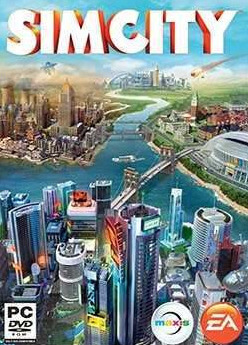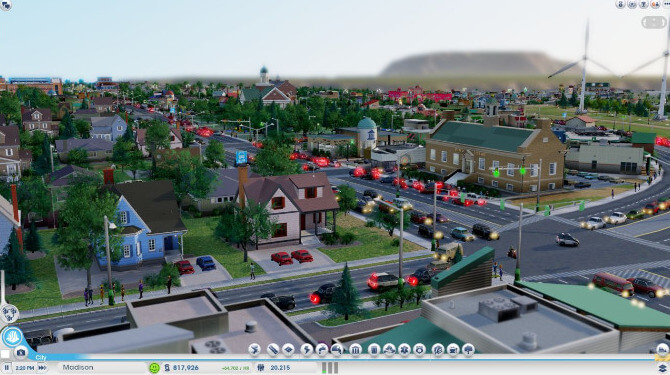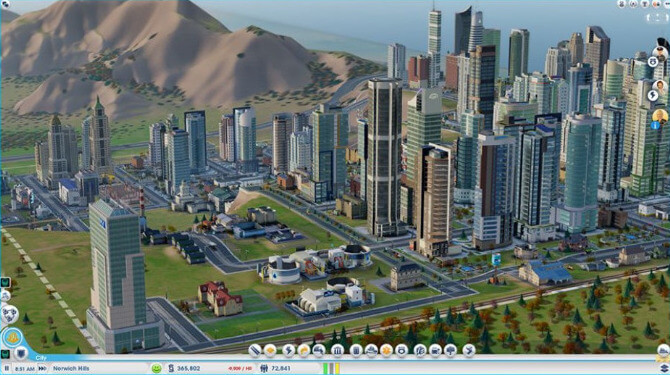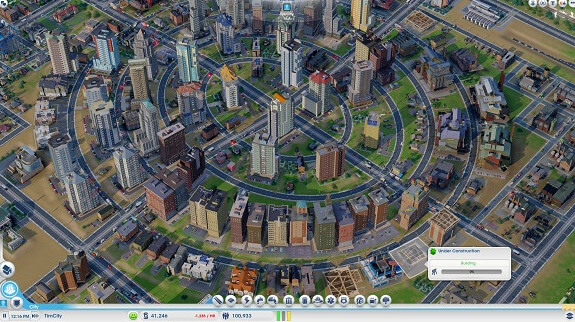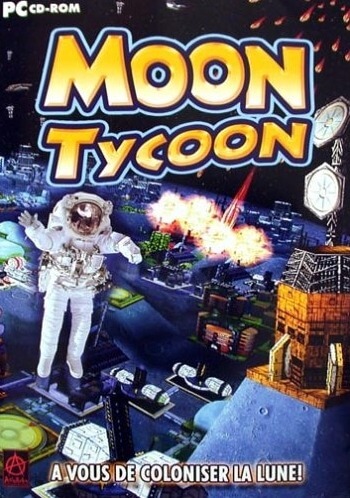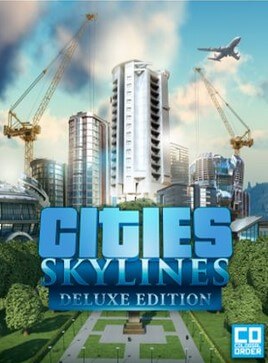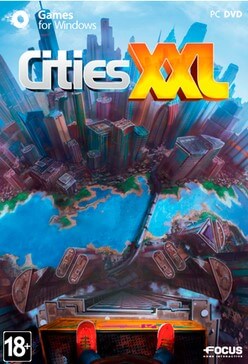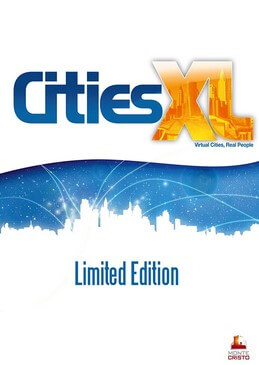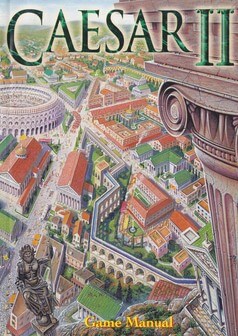Unlike previous games in the series, the game has non-orthogonal and curved roads and zoning areas that can conform to different road types. Types of zones includes residential, commercial and industrial. The density is driven by the types of roads built around these zones.
Cities in a region are connected to each other via predefined regional networks such as highways, railways, and waterways. Elements such as traffic and air pollution are visible flowing between cities. Cities can trade resources or share public services with their neighbors like garbage collection or health care. Cities can also pool their collective wealth and resources to build a "great work" to provide benefits for the entire region like a massive solar power plant or an international airport. The larger the region, the higher is the number of cities and great works that can be built.
Terraforming – Creative Director Ocean Quigley stated that all of the terraforming in the game is going to be at the civil engineering scale, and will be the natural consequences of laying out roads, developing zones, and placing buildings.
Transportation options – There are a number of options that are included, such as boats, buses, trams, and planes.
Customization – Maxis has indicated that the game will support modding, but will not do so at launch like previous versions.
Modules in SimCity are attachable structures that can add functionality to existing user-placeable buildings. One example is the extra garage for fire stations, which can provide additional fire trucks for increased protection coverage Another example is the Department of Safety for the City Hall, which unlocks more advanced medical, police and fire department buildings.
The user interface, which was inspired by Google Maps and infographics, was designed to convey information to the player more clearly than in previous SimCity games. Animations and color-coded visual cues that represent how efficiently a city functions are only presented when needed at any given moment. For instance, opening up the water tower instantly changes the landscape to a clear world where the density of water is recognizable. Or clicking on the sewage tab will immediately show how the waste of the citizens is flowing, and where the system is over capacity. Some of the other visualized data include air pollution, power distribution, police coverage, and zones.
Many resources in the game are finite. Some are renewable, such as ground water. Lead gameplay engineer Dan Moskowitz stated, "If you've built up an entire city on the economic basis of extracting a certain resource, when that resource runs out your economy will collapse."
Different from some previous SimCity titles, each type of zone (residential, commercial, and industrial) is not divided into density categories. Instead the density of the roads next to them determines the type of buildings that will be created there. This means that there is only one of each zone type, and density of the buildings are determined by the density of the roads.
Roads in SimCity are one of the most fundamental elements of the mechanics. Unlike previous SimCity games, roads carry water, power, and sewage. There are also many new tools for drawing roads. They include a straight line tool, one for making rectangular road squares, one for making sweeping arcs, one for making circles, and one for making free-form roads. There is also a more diverse range of roads to choose from. Starting at dirt roads and going up to six lane avenues with street car tracks, the density of the roads determines the density of the buildings next to them, so dirt roads will only develop low density buildings. There are two different categories of roads, streets and avenues. Streets are 24 meters wide and avenues are 48 meters wide. Since all streets are the same width, a dirt road can be upgraded to a high density street. In order to upgrade a street to an avenue, one would need to fully demolish the old street and replace it with a larger avenue. When high and low capacity roads intersect, the higher density roads have the right-of-way, thus stop lights and stop signs will be automatically placed. In order to space the roads so there will be enough room for buildings to develop, road guides are shown when hovering over an existing road.
Players will be able to specialize cities on certain industries, such as manufacturing, tourism, education, or others. Each have distinct appearances, simulation behavior, and economic strategies. Players have the option to heavily specialize on one or build multiple specializations in any given city for diversity. The game will feature a simulated global economy. Prices of key resources like oil or food will fluctuate depending on the game world's supply and demand. In particular, if players all over the world are predominantly selling drilled oil from within their game onto the global market, this will drive the price for this resource down. Conversely, a resource that has experienced very little exposure on the world market will be a scarce resource, driving the price up.
Multiplayer
This version of SimCity is the first to feature full online play since Maxis's SimCity 2000 Network Edition, allowing for regions to house multiple cities from different players. Regions can alternatively be set to private or the game switched to an offline single-player mode for solo play. SimCity requires players to be logged into EA's Origin service to play the game, including when playing single player. An active Internet connection was required every time the game was launched and had to be maintained throughout gameplay at the time of release. The connection is asynchronous, so any brief network disturbance will not interrupt the gameplay though outages of longer than 19 minutes, as an editor posted on Kotaku, will cause loss of gamestate when playing online.
Cities in a region can share or sell resources, and work together to build "Great Works", such as an Arcology.
